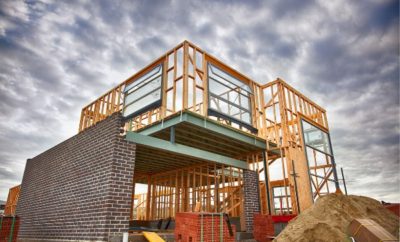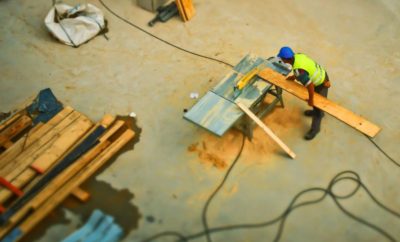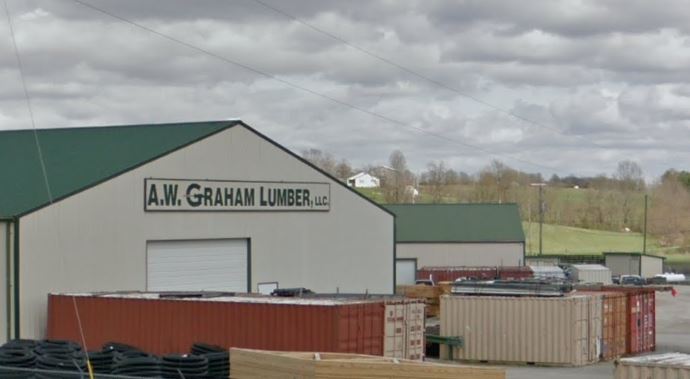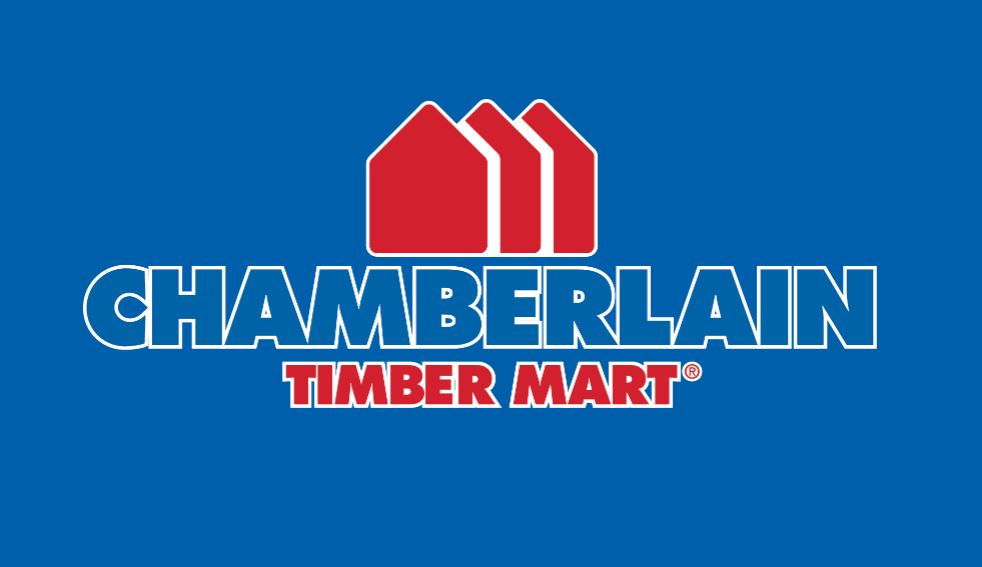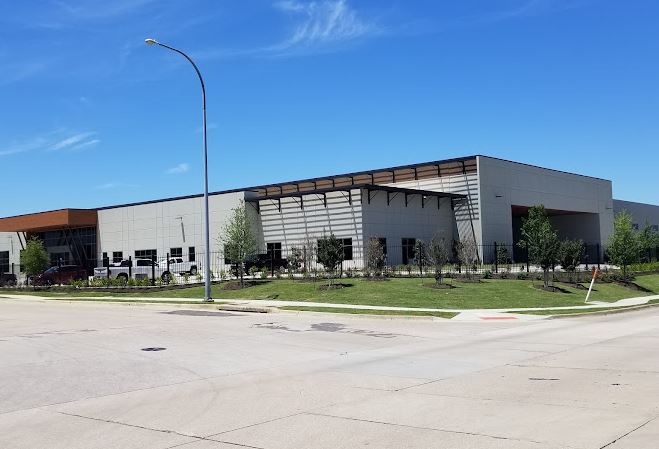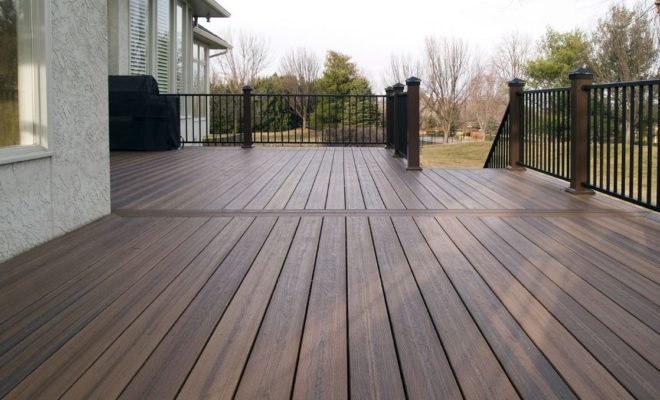
What is Composite Decking?
Composite decking is an alternative to wood decking. It is commonly made with recycled plastic and wood.
Also known as composite, wood alternatives, or synthetic decking, wood-polymer composite has quickly become the fastest-growing decking material for residential use in the past dozen years.
Composite decking is an environmentally friendly lumber alternative that combines plastic and wood fiber.
This type of decking is becoming more and more popular as it is eco-friendly in nature and helps to save forests as it can be used as an alternative to wood.
It is being used in many environments projects including outdoor dining, leisure areas, balconies and caravan decks, in addition to many decks of all shapes and sizes.
Advantages of Composite Decking
- Weather resistant
- Stain resistant
- Lightweight
- Won’t splinter or rot
- Low maintenance
- Color variety
Disadvantages of Composite Decking
- Some look obviously fake or cheap
- Some brands can be slippery
- Not resistant to mold and mildew, especially in the shade
- Eventually shows signs of age and decay
- Tend to sag and bend more than wood
Types of Composite Decking
Solid
Solid composite decking looks more like wood and is heavier than the hollow version. Because of its greater mass, solid decking will expand and contract more with temperature fluctuations. Solid composite decking is more popular because of its superior strength and closer resemblance to real wood.
Hollow
Hollow composite decking has a more man-made look. However, it won’t expand and contract as much as solid composite decking. You need to be careful when handling it, though, because it’s more susceptible to damage before it’s installed.
Types of Composite Decking Materials
Composite decking is more expensive than wood, but how much depends on the particular product.
polyethylene-based
Oil-based polyethylene composite decking contain some wood.
polypropylene-based
Polypropylene composite decking contain some wood. The building industry seems to be moving away from polyethylene-based composites to focus on the polypropylene-based product (which is typically stronger and less susceptible to expansion and compression) or polyvinyl chloride (PVC)-based product.
nonwood plastics
Nonwood plastics are significantly more expensive than real wood, are lighter than the other composites, and typically don’t contain any recycled content.


